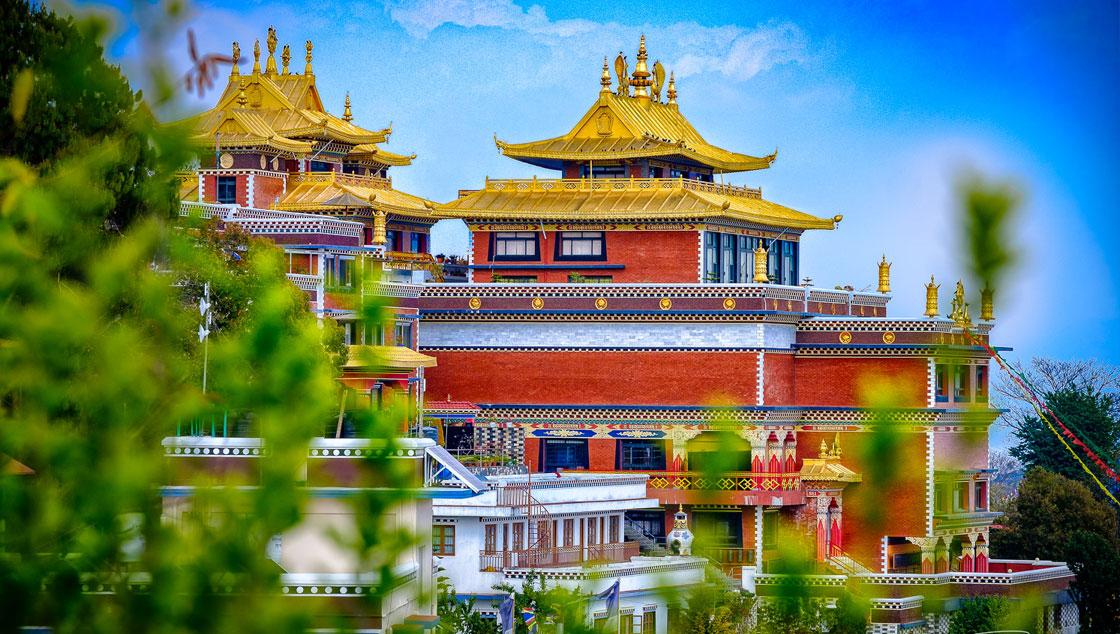The historic and sacred site of Namo Buddha in Namobuddha Municipality-11 has come alive with the onset of the annual Jatra festival, which began this evening. As part of the celebration, Buddhist devotees honor their ancestors by lighting lamps, symbolizing remembrance and respect.
On Friday, Kattik Shukla Purnima, devotees will light lamps throughout the day as part of the festival rituals. The festival, which extends from Friday evening to Saturday morning, will feature traditional songs and dances, drawing crowds from near and far, according to Lop Sang Bajra Lama, President of the Namo Buddha Guthi.
“Throughout the festival, devotees light lamps as a means to honor ancestors, with the belief that it brings them light throughout the year,” Lama said, adding that the lamps are lit for the peace and salvation of departed souls.
On the day of the full moon, pilgrims gather at Namo Buddha to pay respects to the Buddha’s previous life as a prince who sacrificed himself to save a starving tigress and her cubs. This selfless act of compassion is commemorated annually, attracting a greater number of visitors on this day.
According to local legend, the name ‘Namo Buddha’ originated from the chant “Namo Buddhaya Namaha,” which signifies homage to the Buddha. The site is believed to be where Prince Mahasattva, in the Dwapar Yuga, sacrificed himself to save a tigress, and his remains were later enshrined in a stupa built on Gandhaman Mountain. Each year, Buddhists gather here to offer prayers and light lamps at the stupa, making it a significant place of pilgrimage.
The festival is especially celebrated by the Tamang and Newar communities, who have deep cultural ties to the event. Lama Guru Kanchha Lama recounted that the story traces back to the youngest prince, son of King Maharath and Queen Satyavati of the ancient Panchaladesh (Panauti), who, while hunting in the eastern Gandhaman forest, encountered a starving tigress. In a compassionate gesture, he offered his flesh to the tigress and sacrificed his life to save her and her cubs.
“In this tale, the tigress, named Laxmi, is believed to have had five cubs, symbolized as monks,” he said. Later, the king and queen spent their remaining lives near the site, dedicating themselves to the stupa, and became known as Shankheshwari Aji and Ajima.
Records from 974 AD indicate that the stupa was built at the summit of Gandhaman Mountain, standing at an elevation of 8,000 feet. A statue depicting the prince offering his flesh to the tigress is a key feature of the site.
Rakesh Lama, a resident, mentioned that Namo Buddha attracts both local and international Buddhist followers year-round. This year, pilgrims from neighboring districts like Sindhupalchok, Sindhuli, Ramechhap, Bhaktapur, Lalitpur, Kathmandu, Dhading, and Nuwakot are expected to join the festival. The area also houses a large monastery, temples, stupas, and a Buddhist school that adds to its significance as a major Buddhist pilgrimage destination.
Source: RSS






